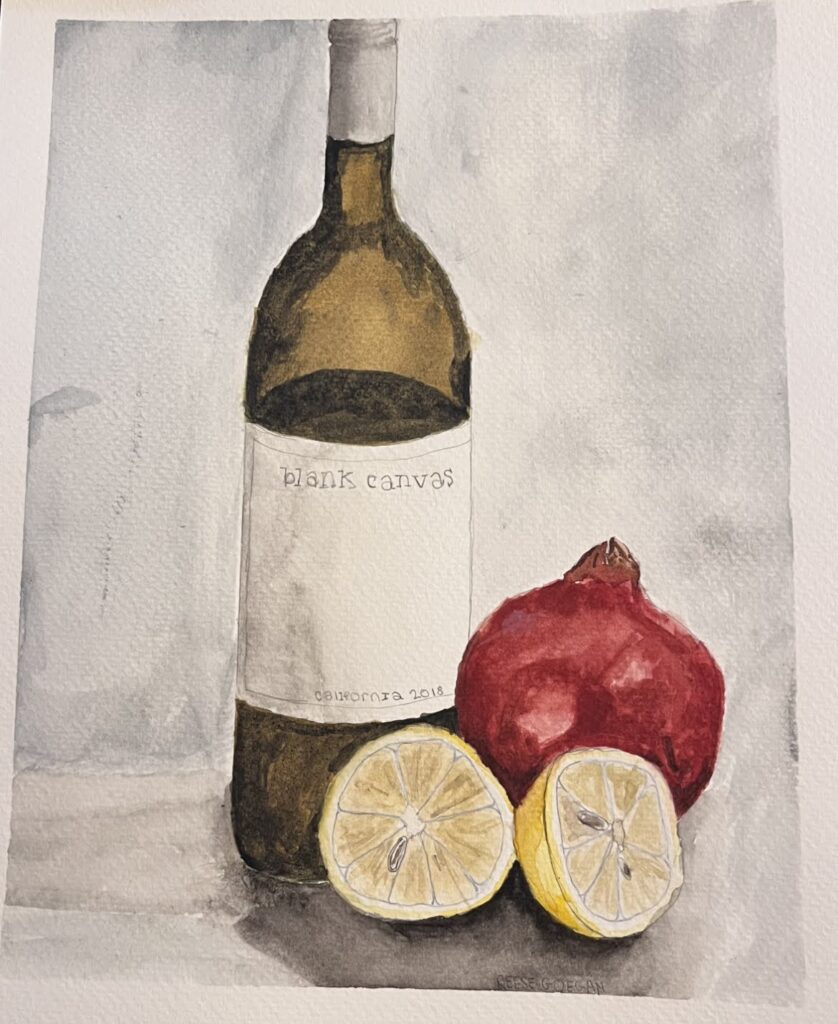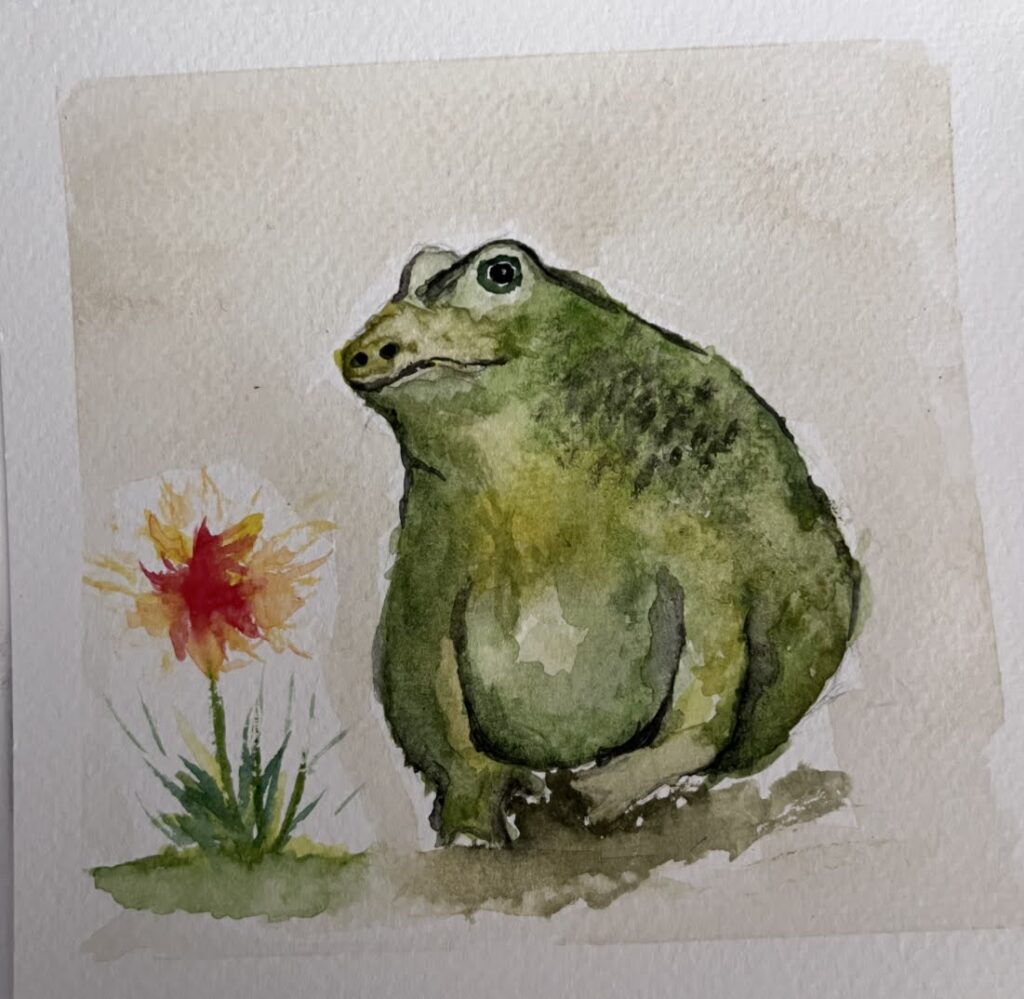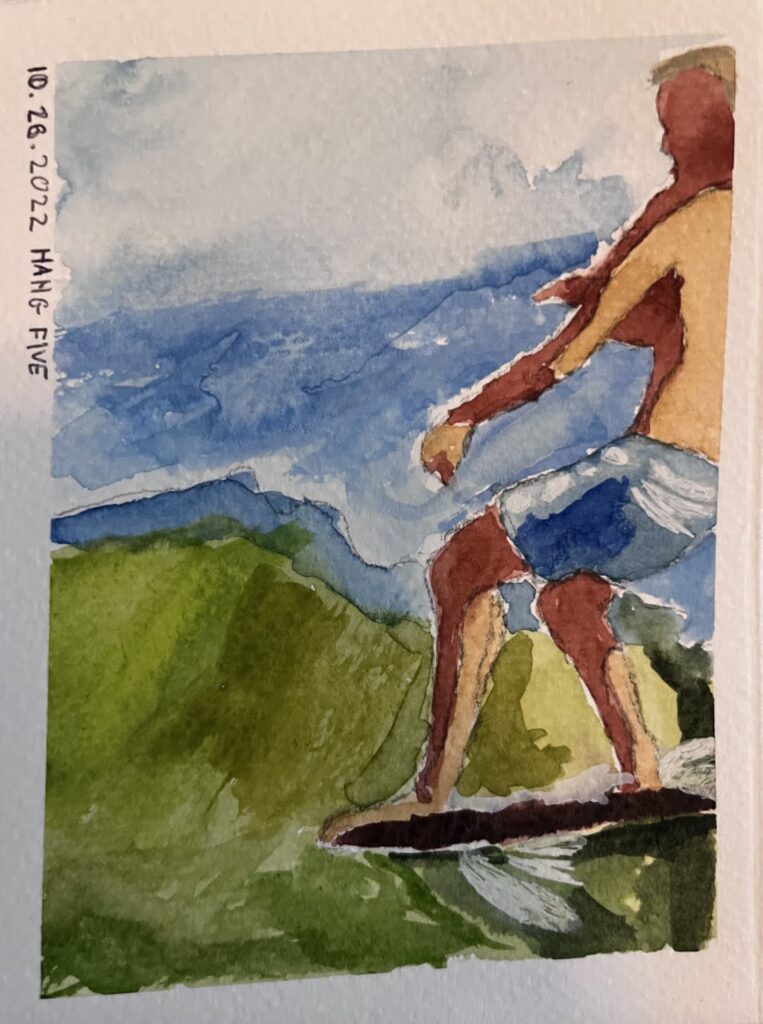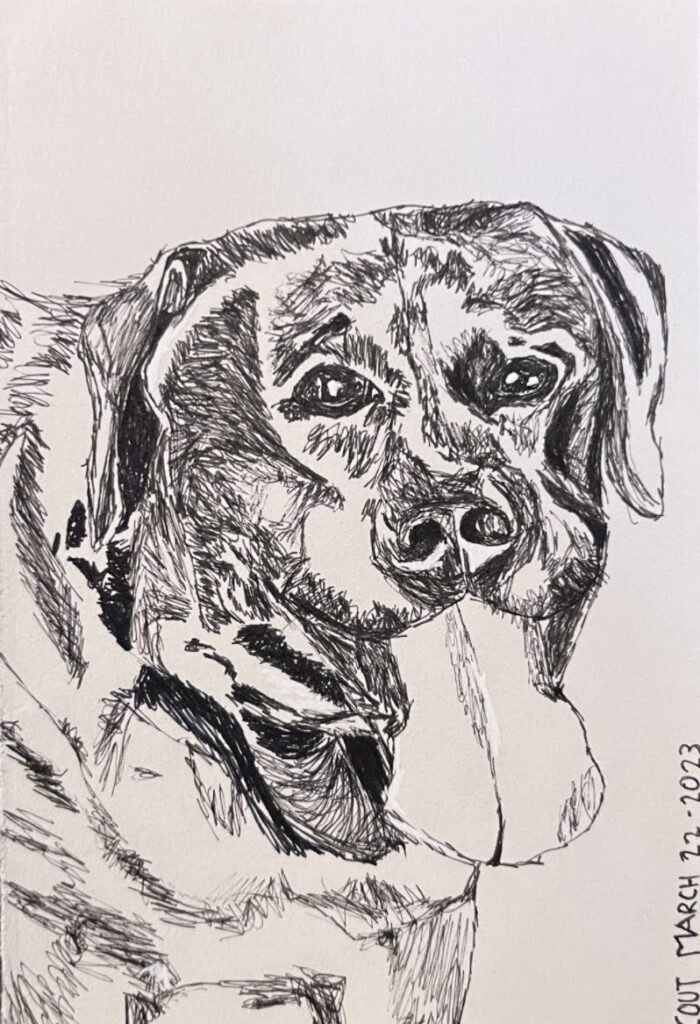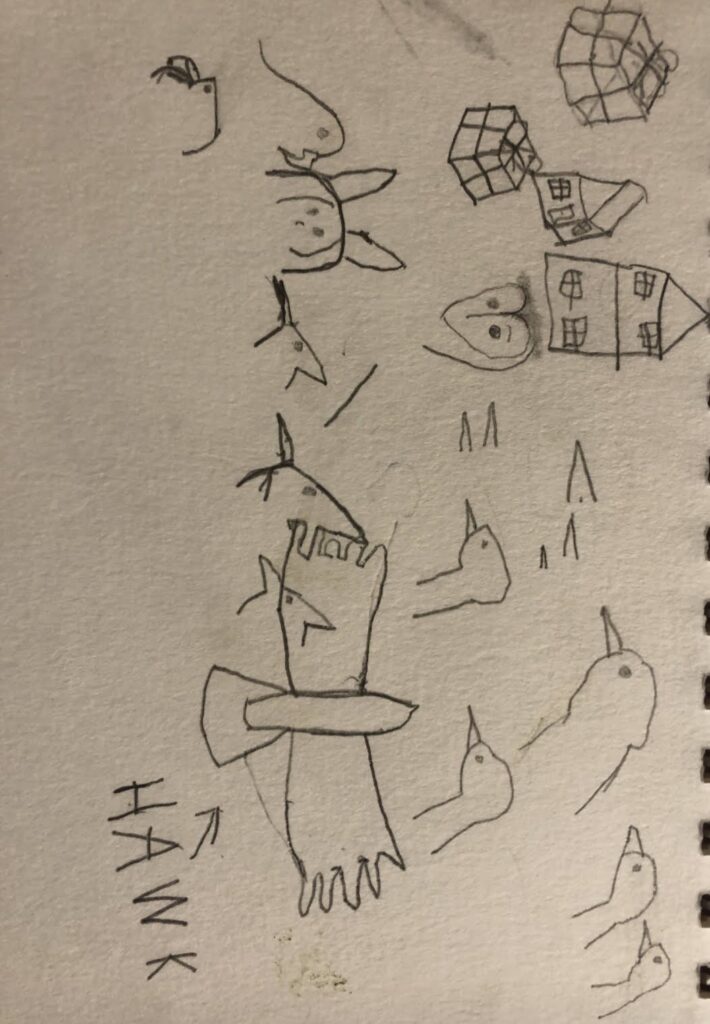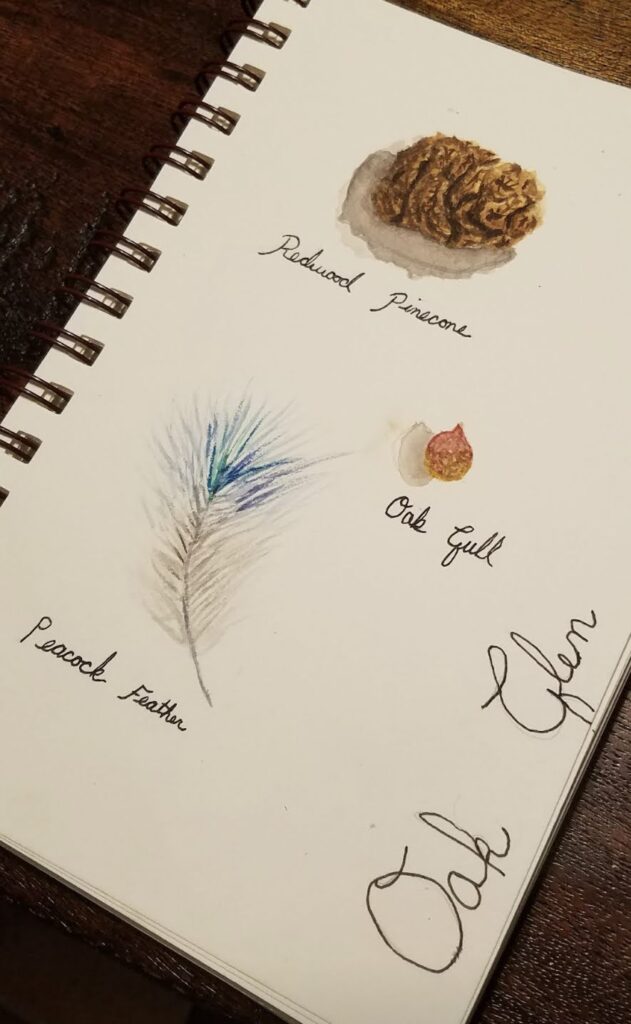Early on I learned that nature journaling was a significant aspect of a Charlotte Mason education. It caused the children to stop and pay attention and really look closely at a natural object, helping develop the attention while also creating a store of knowledge to draw from, not to mention creating living memories and connections. I was so excited for what this amazing educational method would produce and looked into all the things: paints, notebooks, and supplies. I even learned how to sew functional bags for our nature outing to hold it all. We took all of our supplies with us each week to our nature outings and I would tell the kids it was time to nature journal and set them to draw and paint what they saw. Not surprisingly, the results weren’t great. They weren’t “...the delicate poise, uplift and radiance of the growing flower.” that Charlotte Mason claimed would come around “by and by.” Of course not! They hadn’t been taught how to draw or paint. No matter how I encouraged, their journals did not turn out like the drawings in those amazing nature journaling books everyone buys, or “The Country Diary of an Edwardian Lady.”
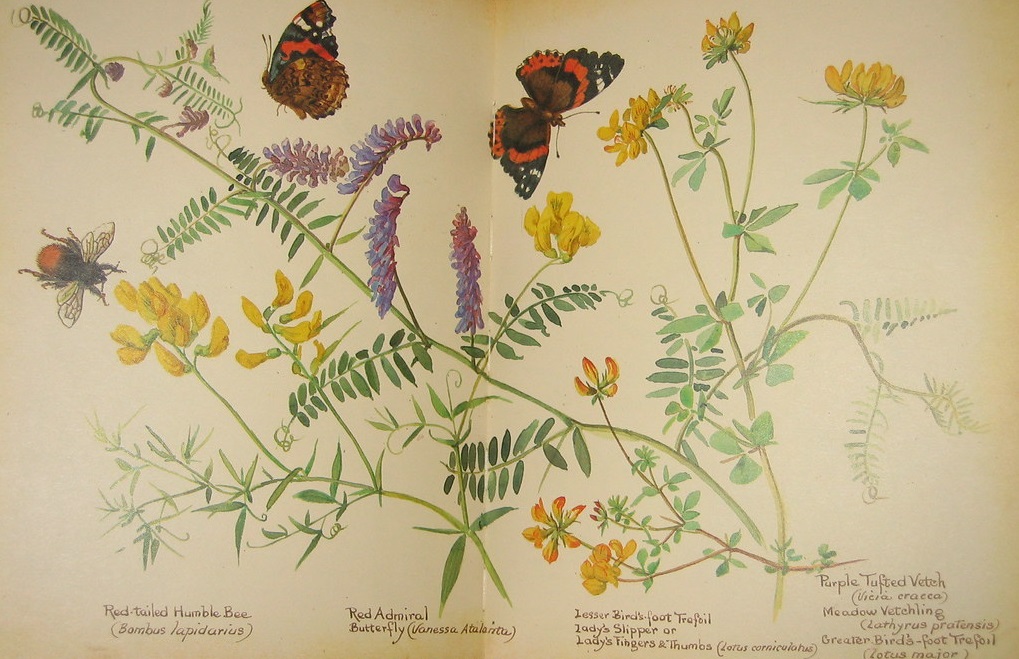
What I realized was that the best supplies and intentions only went so far, at least for my children that was the case. Drawing and painting is a skill and a little instruction goes a long way. Because I could draw and paint relatively well, having them imitate me was one helpful way to teach some basic skills. We have a friend whose son is self taught through videos and copying other people’s drawings and he is incredibly talented. Youtube affords that opportunity now, but it also tends to open up a whole other can of worms so I don’t always recommend it.
Another resource I’m sure I heard about somewhere within the CM sphere is The Drawing Textbook by Bruce McIntyre. He was one of the OG illustrators for Disney (back in the day) and makes the case that anyone can learn to draw and should. He has pages of exercises to help with building fundamental skills of drawing and they can easily be broken down into short ten to fifteen minute lessons each week that would build skill. The drawings aren’t beautiful nature drawings but they teach basic techniques that will translate over.


With painting I found the same thing. Watercolor is not an easy medium to use without some basic understanding of how it works, dry-brush included. Think about all those white flowers! I did order the recommended CM curriculum but after several lessons painting blobs it got us no where. What ended up really helping me (I’m embarrassed to admit) was a course I bought on a whim off a Facebook ad. I think I got it for $27. The course was “Watercolor Made Simple” by Nicki Traikos @ilifedesign and if you click through Youtube you can get the sale price. No need to pay full price. The course consisted of basic watercolor education along with abstract florals, lettering and other things. She has free videos on many of the same things and while the course is cheap, I spent triple that amount on supplies! Paint, paper, and brushes for watercolor are not cheap. What you can do is just learn the basics with what you have on hand and build your supplies gradually over time.
The course covers supplies, mixing colors, how to use round brushes, painting fine lines and pressing down to make a leaf shape, shade and transparency, color wheel, swatching your colors, how color will not go beyond the waterline, how to layer and blend color, wet on wet vs. dry on wet, adding detail, etc. What I love is that they’re all short lessons, less than 20 minutes long that can easily be worked into the schedule.
These aren’t necessarily the very best resources, they’re just what happened to work for us at the time. I talked with my friend Jeannette who has taught nature journaling and she said she learned the same things from a book titled 15 minute watercolor pieces by Anna Koliadych. Guess what’s coming in the mail as we speak?

Learning the basics equips children to get past the stagnation of not knowing what to do. They have a foundation to build on and enough practice and knowledge in the medium to attempt nature journaling. Once they know watercolor technique, they can learn to use less water for dry-brush and use a smaller brush to paint in more detail. The confidence is already budding which gives them the freedom they need to be creative and by and by maybe we will see that delicate poise Charlotte Mason talked about. Below are some paintings and drawing by my children that resulted.
